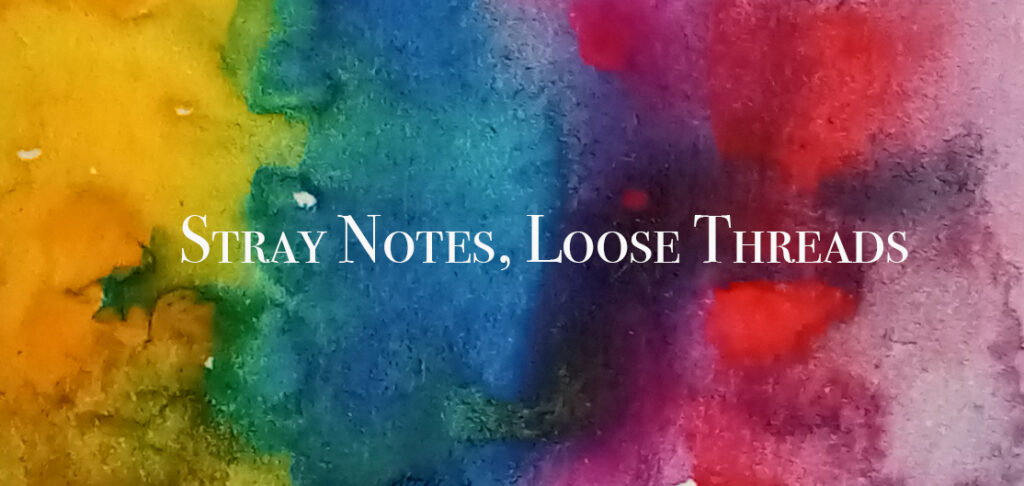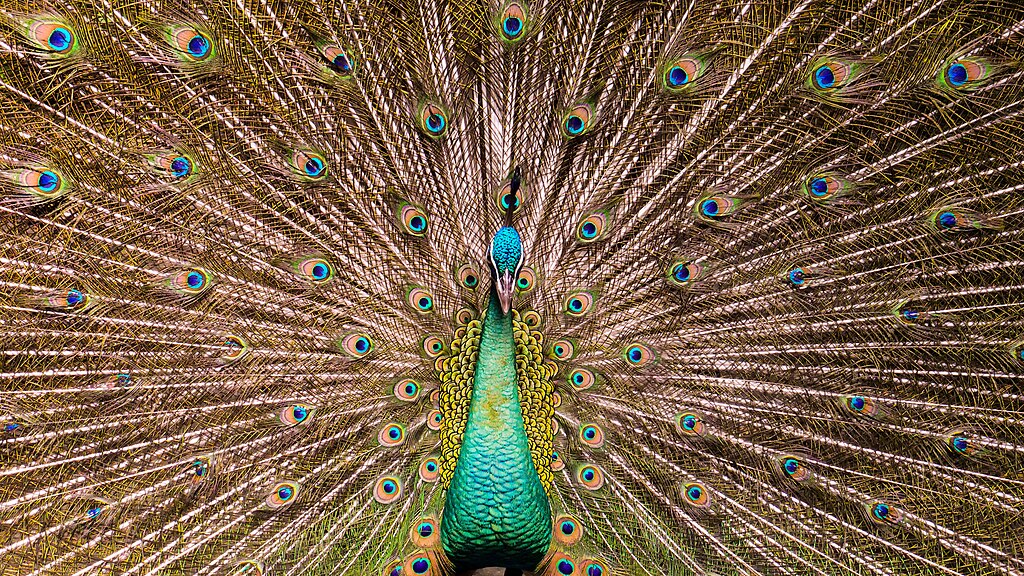Each month a talk about something in the textile collection in Greymouth Mawhera is held in the Regent Theatre. This month’s event was about art textiles including textiles as artistic mediums, art on textiles, and textiles as art. The subject ranged from the French mid-century printed, woven and needleworks, created by artists and designers as completed hangings for homes or as kits for crafters to make, to artworks on fabric, handprinted and, in one case, hand-painted.
One of the pieces, from Sweden, is of two peacocks facing each other. In pale hues of blue, white and grey wool there are none of the characteristic colours of these birds, yet they are still recognisably peacocks. One of the group asked why peacocks featured in Scandinavian design so much; this piece is just one of Scandinavian works in the collection to feature the birds.
Peacocks or, more correctly, peafowl originate in two parts of the world: Africa and Asia. It is the Asian types – the blue and the green – that most are familiar with and it is certainly these that are pictured in the Swedish and Finnish textiles. The African species is under threat on the IUCN Red List, as is the Green Peafowl, but the instantly-recognisable blue species from the Himalaya-bounded countries is of Least Concern and it is thanks to their spread across the globe that this is the case. In Aotearoa New Zealand peafowl are sometimes seen as pests and they cause issues in the USA due to their noisy calls and messiness. In their native countries they are also sometimes considered pesky because they dig up planted fields and trample young plants.
It was, however, thanks to the Vikings that peafowl adorn textiles from Scandinavia. In the Viking period keeping animals as pets was important. Cats, dogs and bears were often kept in homes, but the ultimate status symbol was a peacock. Despite being very rare because of the cost of acquiring one, their reputation as a status symbol ensured that the birds were sought-after by the wealthy. As peafowl were already a status symbol across Asia, the practice spread along the trade routes and into Scandinavia.
Revered for their beauty and exoticism peacocks even entered the Norse language; a 10th Century Icelandic merchant was known as “Olaf the Peacock” because of his arrogance and expensive wardrobe.
Perhaps the best known Viking peacock is a skeleton. Found with the Gokstad ship, the skeleton accompanied the bones of other animals and the man who was buried with this wealth.
So, it seems, peafowl are very much part of Scandinavian history and deserve their place in textile design.
Image: Mallory Cessair, CC BY-SA 4.0 https://creativecommons.org/licenses/by-sa/4.0, via Wikimedia Commons


Leave a Reply